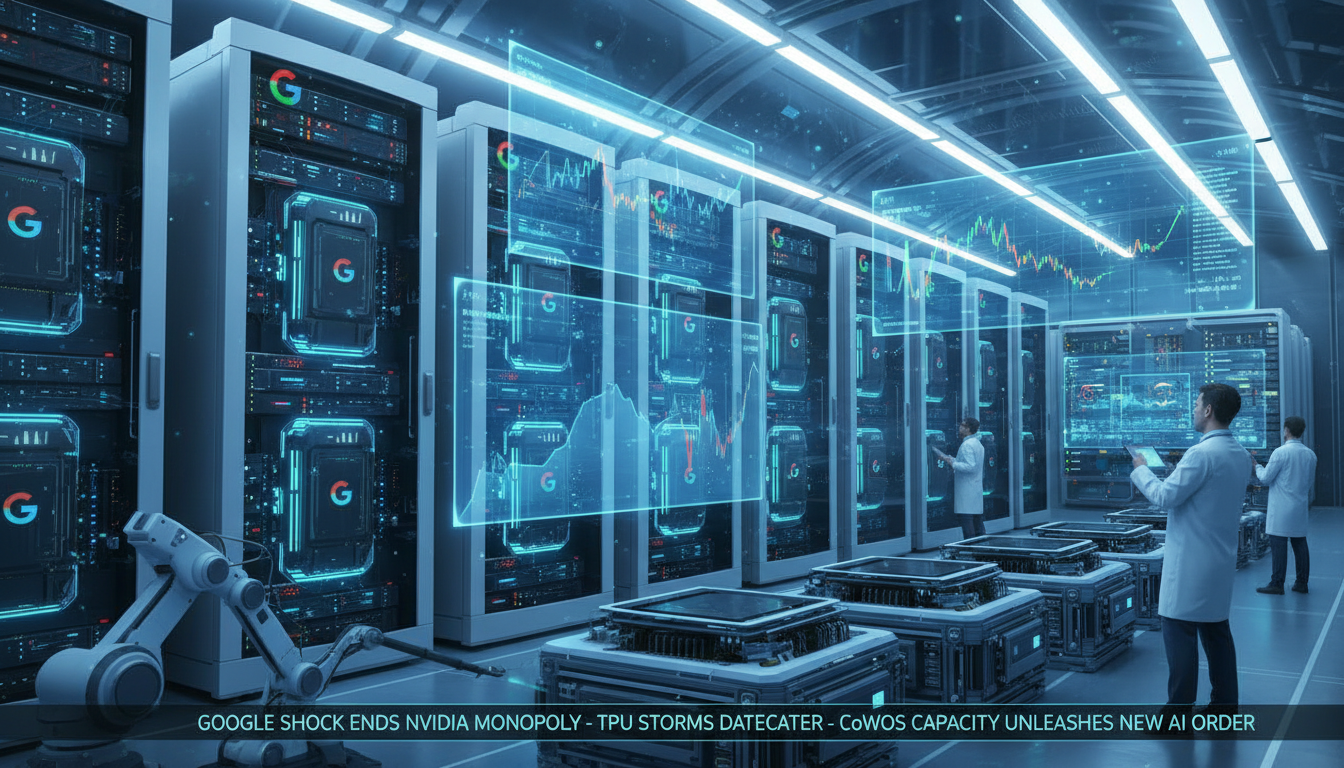*Source: https://www.joongang.co.kr/article/25380892

● Chinese AI Prodigy Ditches Huawei’s 4 Billion Salary for Humanoid Startup, Attracts 1.157 Billion in 700 Days
Chinese ‘AI Prodigy’ leaves Huawei’s 400 million salary to build a humanoid startup, raising 115.7 billion won in 700 days — Global Economic, Investment, and AI Trend Analysis
Content to read: Agibot’s founding story and funding status, key investors (Tencent, Baidu Capital, JD.com, Hillhouse, BYD, etc.), technology (Yuanzheng A2) and its competitiveness compared to Tesla’s Optimus, synergy structure with automotive manufacturers, characteristics of the Chinese capital market, the significance of participation by Korean companies (e.g., LG, Mirae Asset), implications and risks from a global economic and investment perspective, as well as a separate summary of the ‘most important points’ not covered well in other reports.
Key News (News Format Summary)
Peng Zhihui, an AI engineer born in 1993, gave up a 400 million annual salary from Huawei to found the humanoid startup Agibot in 2023, which raised approximately $83.3 million (about 115.7 billion won) in 700 days.
The funding round included participation from major Chinese tech and investment firms like Tencent, Baidu Capital, JD.com, and Hillhouse, as well as automotive manufacturers like BYD and Beijing Automotive, with investments from Thai and Middle Eastern capitals, and strategic investments from South Korea’s LG Electronics and Mirae Asset.
Agibot has successfully raised funds through seven rounds, with the company’s valuation estimated at around 10 billion yuan (approximately 2 trillion won), already surpassing the unicorn status of $1 billion.
The product ‘Yuanzheng A2’ has entered the commercialization stage, and some industries even say that there is not much technical gap with Tesla’s Optimus.
Investment Structure and Flow of Capital — Chinese Style ‘Money-Driven Innovation’
-
Composition of investors
A hybrid capital structure mixed with platform/VCs like Tencent, Baidu Capital, JD.com, Hillhouse, manufacturers like BYD and Beijing Automotive, overseas capital from Thailand and the Middle East, and strategic investors from Korea (LG, Mirae Asset). -
Significance of capital
Hardware-focused AI and robot startups cannot expand quickly without large strategic investors. In China, when large corporations provide substantial funding through strategic investments, securing enough cash to cover ‘three years of operating expenses,’ it allows simultaneous pursuit of technology development and production scale expansion. -
Capital market characteristics (Core)
Chinese private capital tends to inject substantial sums into companies showing technological and industrial vision (humanoids, AI/robots), even when they are running at a loss. The focus on ‘growth potential’ serves as a catalyst for global capital to quickly grow Chinese innovation companies.
Technological/Product Perspective — Significance of Yuanzheng A2
-
Technical points
Yuanzheng A2 is introduced as a product that has commercialized core elements of humanoids, such as balance control, motion planning, and power efficiency. -
Competitive landscape
While some evaluations suggest there is not much technical gap with Tesla’s Optimus, differentiation in terms of commercialization completeness, safety, and ecosystem (software, parts, services) is necessary. -
Reason for participation by automotive manufacturers
Electric vehicle manufacturers are considering scenarios where humanoid technology can be utilized for production process automation, vehicle service, logistics, and human interface. In other words, the industrial synergy of ‘Humanoid × EV’ is the key motivation for the investment.
Global Economic and Investment Implications
-
Impact on Global Economy (including global economic keywords)
The acceleration of humanoid commercialization in China could accelerate labor market and supply chain restructuring through improved manufacturing productivity and expanded service automation. This can reshape global competitiveness and alter demand and price structures in related industries. -
Investment Trends (including investment keywords)
Large-scale strategic investments become critical funding support for hardware-type AI and robotics startups. If similar influxes of ‘big money’ are repeated, the market will see not only technological competition but also capital competition as a core variable. -
Changes in the AI and Robotics Ecosystem (including AI, robotics keywords)
Not only the completeness of technology but also the development of software platforms, supply chains of parts, and business models for services (robot rentals, RaaS) will determine success or failure.
Opportunities for Korean Companies
-
Significance of strategic investments by Korean companies
The participation of LG, Mirae Asset, and others has a large practical reason for securing technology cooperation, parts supply, and channels for global market entry. There could be increased opportunities for collaboration, export, and OEM for Korean robot parts, motors, sensors, and AI software companies. -
Suggestions for domestic government and companies
Korean companies should secure technological roadmaps quickly through strategic partnerships and gain leadership in workforce, patents, and standardization. At the same time, risk management considering export controls and security risks should be carried out.
Risks and Checklist
-
Risk of overvaluation (valuation bubble)
Rapid capital inflow can encourage upward valuation. Excessive expectations beyond technology maturity can increase future adjustment risks. -
Regulatory and Geopolitical Risks
AI and advanced technology regulations in the U.S. and Europe, as well as changes in capital and technology regulations within China, can affect company growth. -
Technology Commercialization Risk
If stability, interoperability, and maintenance costs in real-use environments are not resolved, early commercialization could be slow.
The Most Important Points Not Covered in Other YouTube and News Reports
-
‘Practical Synergy between Automotive and Humanoids’: This is a strategic combination beyond a simple investment portfolio. The real reason EV manufacturers invest in humanoids is the potential of a ‘universal platform’ for factory automation, logistics, and service robots. Once developed, humanoids can be reused in electric vehicle production, delivery, and customer services, increasing LTV (Lifetime Value).
-
‘Objectivity of Capital’ Redefines Technological Competitive Structure: Technological excellence alone is insufficient. The Chinese case shows that “capital decides first, and capital determines success.” If investors believe in a ‘strategic scenario’ and allocate funds, the ecosystem follows. This determines the speed of technological competition in the global economy.
-
Talent and Networks are Assets: Network factors, such as hiring a former boss by Peng Zhihui (as CEO), amplify investor trust, connecting to valuation premiums. The core strength of a tech star is leading a ‘network surrounding a genius,’ not just being a ‘single genius.’
Practical Checklist for Investors and Policymakers
-
Investors: Thoroughly verify the technological roadmap, production plan, strategic investors (automotive, platforms) intentions, and sales destination plans.
-
Companies (including Korean manufacturers): Define collaboration fields (sensors, power management, actuating systems) early and participate in intellectual property and standardization discussions.
-
Policymakers: Design balanced policies that prevent export controls and technology leaks while promoting global cooperation among domestic startups.
< Summary >Agibot, a humanoid startup founded by a young entrepreneur from Huawei, raised approximately $83.3 million (about 115.7 billion won) in 700 days.Investments involved participation from Tencent, Baidu Capital, JD.com, Hillhouse, BYD, Beijing Automotive, LG, Mirae Asset, and the company’s valuation is estimated at around 10 billion yuan.The important point is that ‘strategic combination with automotive companies’ and ‘swift decision-making of Chinese capital’ accelerate the speed of technology commercialization.Korean companies should aim for opportunities in parts and software collaboration, while investors and policymakers need to manage valuation, geopolitical, and technology commercialization risks simultaneously.
[Related Articles…]Summary of the growth secrets of Chinese humanoid startupsAnalysis of global capital’s AI investment patterns



